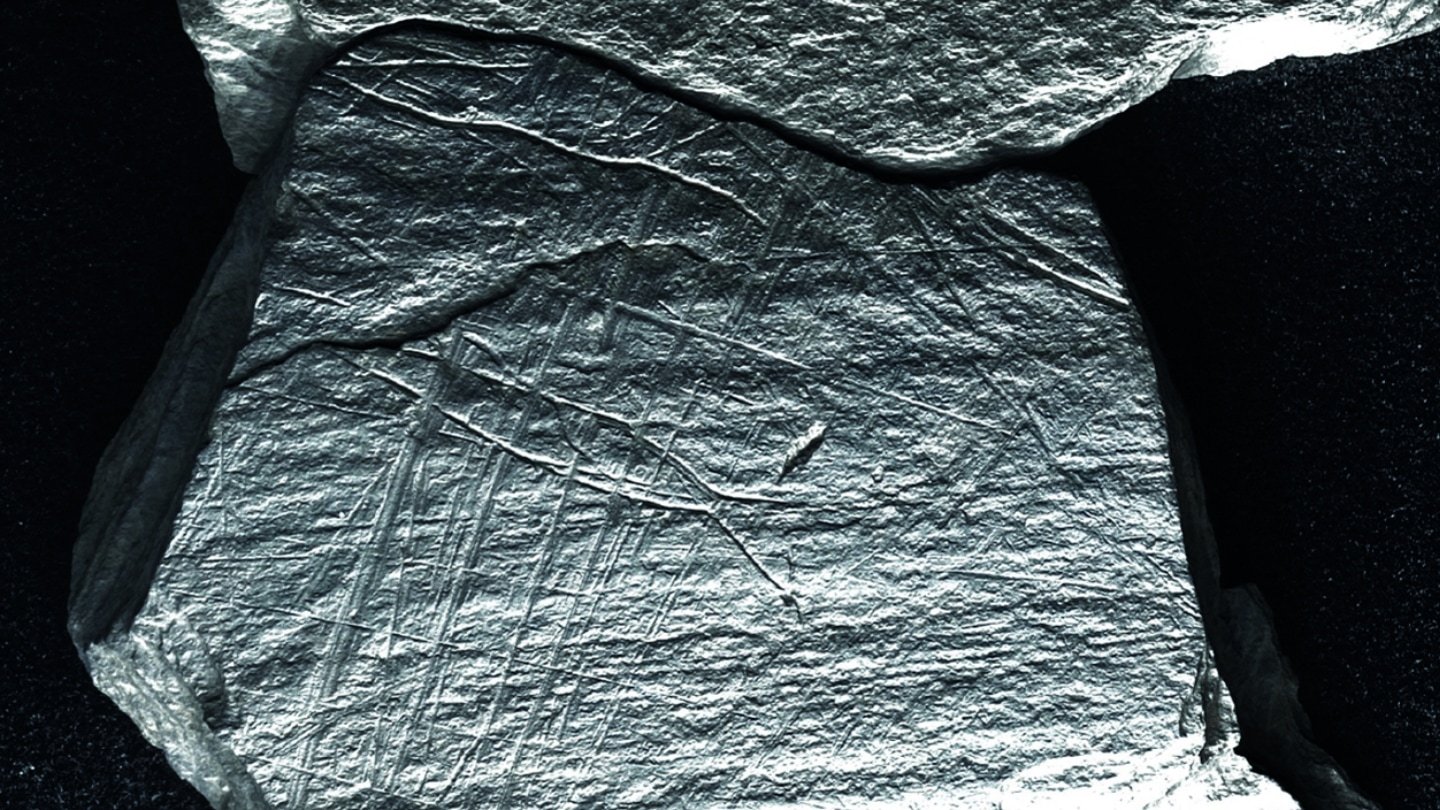
Rare depictions of Stone Age net fishing have surfaced on engraved stones thanks to an imaging technique that gives magnification a digital boost.
Previously unnoticed lines etched into eight stones found at Gönnersdorf, a roughly 16,000-year-old German site, form scenes of fish caught in large nets, researchers report November 6 in PLOS ONE.
The newly unveiled engravings “mark Gönnersdorf as the only known Upper Paleolithic site in Europe, and possibly worldwide, that visually represents net-fishing practices,” says archaeologist Jérôme Robitaille of Monrepos Archaeological Research Center and Museum for Human Behavioral Evolution in Neuwied, Germany.
Excavations at the German site from 1968 to 1976 uncovered animal bones, headless female figurines and a range of other artifacts. For the new study, Robitaille and colleagues examined about 400 engraved stones, or plaquettes, from Gönnersdorf using reflectance transformation imaging, or RTI. This technique let the researchers manipulate light and shadow on digital versions of engraved surfaces, revealing details that had evaded standard magnification studies.
Earlier studies had identified simple representations of fish with forked tails on four plaquettes. RTI showed that one of those four includes a grid of cross-hatched lines, probably portraying a net, which surround the watery prey, Robitaille says. Another seven plaquettes examined with RTI have similar net-and-fish scenes.
That interpretation of the engravings is consistent with other Gönnersdorf finds, which include fish bones and signs of textile production, including possible weaving implements. A few other Upper Paleolithic sites — which, in general, date to between around 40,000 and 12,000 years ago — also contain remnants of textiles, baskets and rope (SN: 5/6/95; SN: 9/10/09).
Nets require a group effort to set up and operate, especially when targeting large numbers of migrating fish in rivers, the scientists say. Gönnersdorf, located on the bank of the Rhine River, served as a seasonal gathering spot for hunter-gatherer groups capable of conducting such outings.
Source link













Leave a Reply